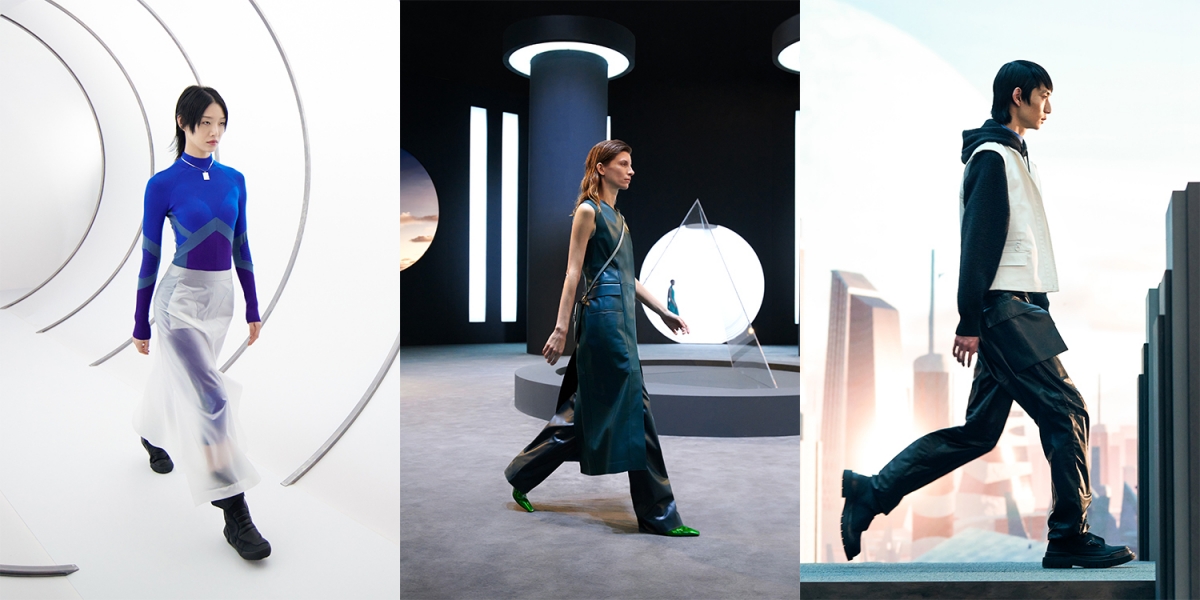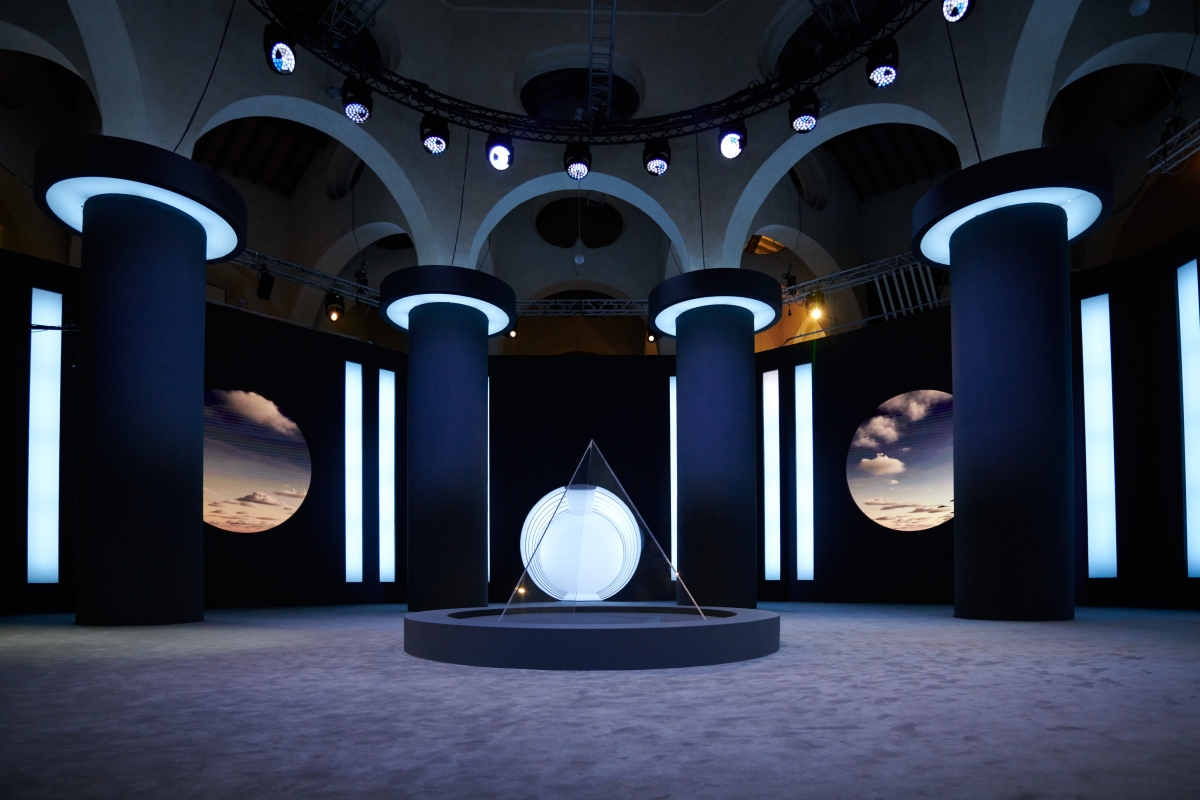
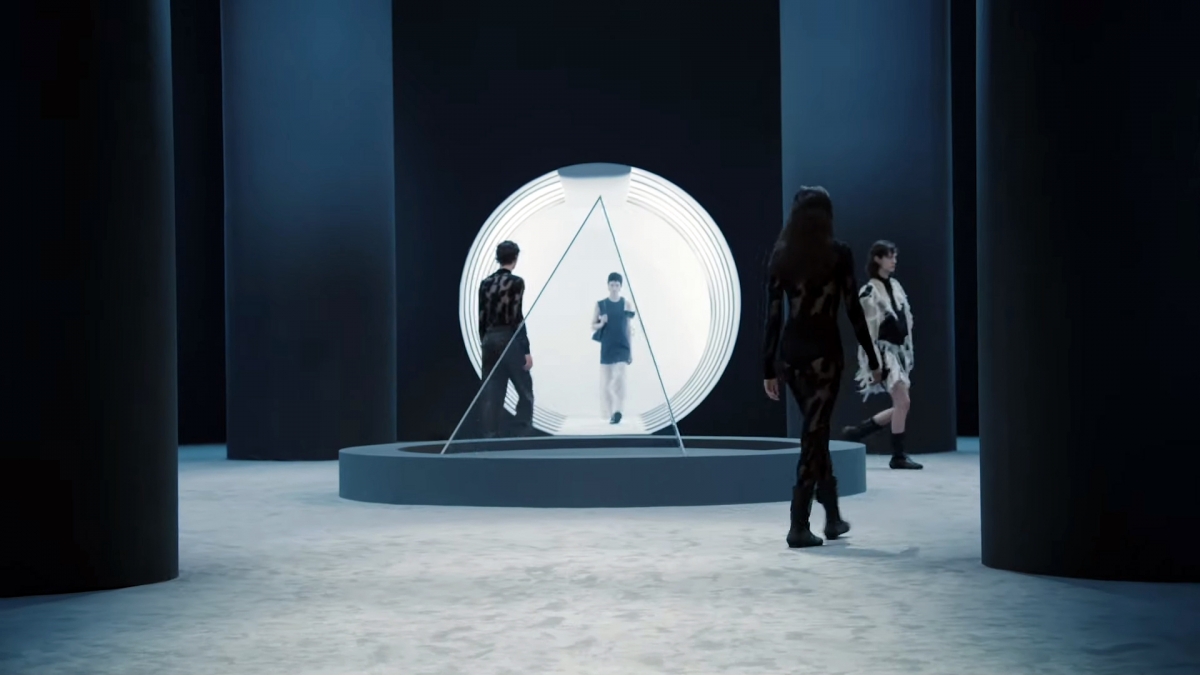
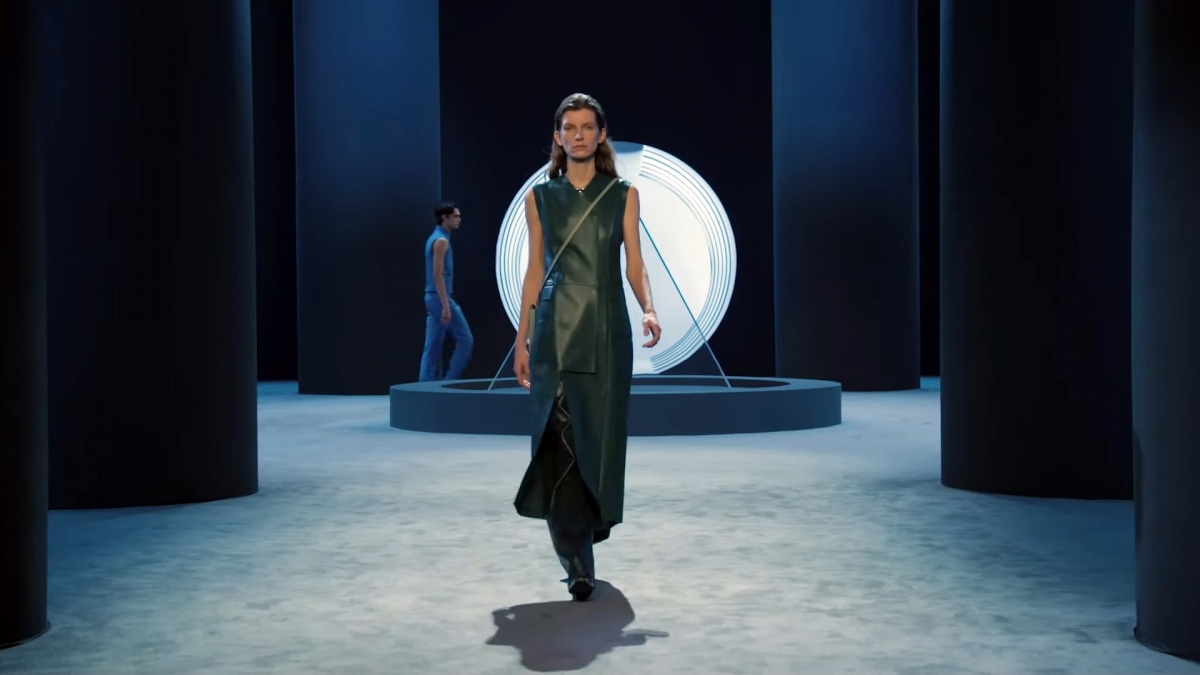
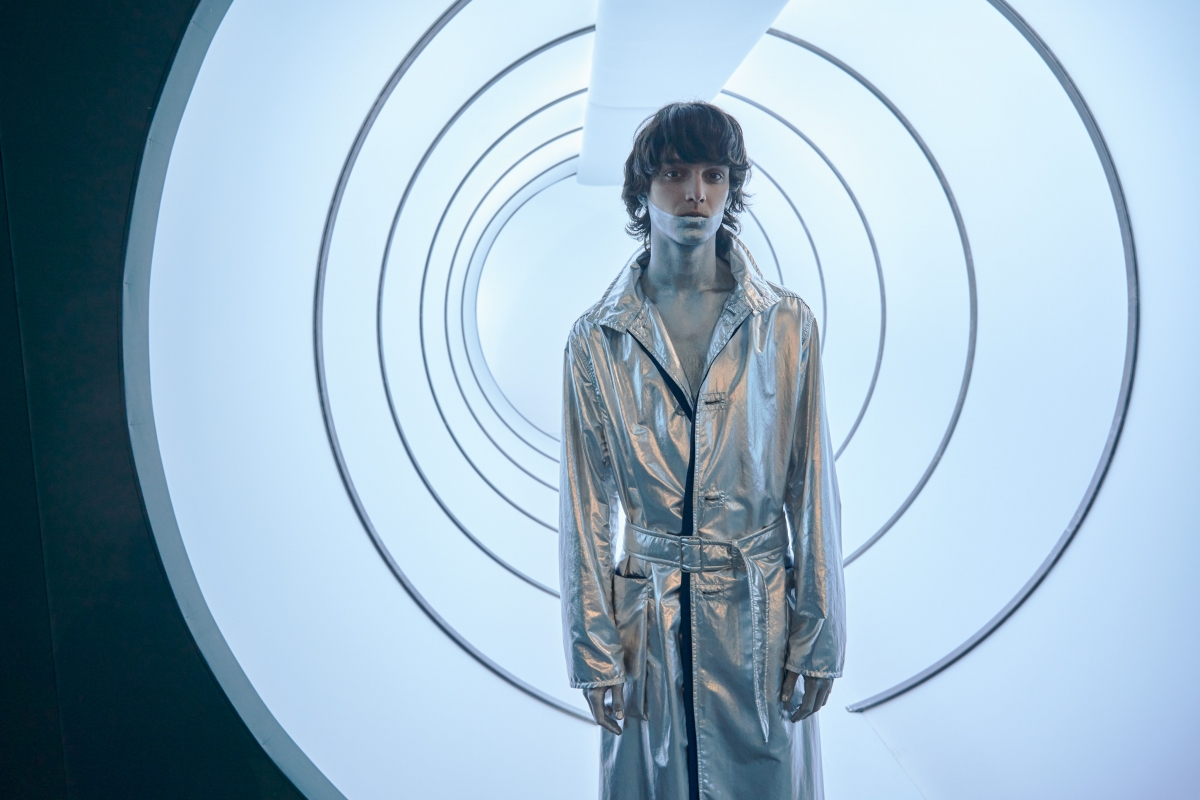
Salvatore Ferragamo Winter 2021 Fashion Show: ‘FUTURE POSITIVE’
- Date 28 Feb. 2021
- Creative director Paul Andrew
The Expansion of a Boundary
As social distancing has become part of our
new normal, the human body has begun to demand new forms of experience
distinguished from those of physical experiences, and many of us are beginning to
explore other means of exchange and encounter via online platforms attached
with various technologies. Even the fashion industry, preoccupied as it is with
setting new trends, is looking beyond the runway – a format that has long engaged
its audience physically – to a new form of experience. Fashion companies are
seeking new means of presentation that not only communicate their brand
identity but also serve as a replacement for the runway experience.
The Salvatore Ferragamo Winter 2021 Fashion
Show ‘FUTURE POSITIVE’ was launched in a distinctive film inspired by science fiction.
In the video, one observes that gaining a sense of a collection’s theme
surpasses the physical limits of time and space to expand across contexts and
genres. With outer space as its background, the scene rapidly transitions to
enter the tunnel of time and leads one through a gate in the shape of the
Salvatore Ferragamo logo belonging to a floating megacity. At the centre of the
circular space revealed through the gate, a glass pyramid symbolising eternity
comes into view. A diverse range of models evocative of the ‘human form’, from
all races, classes, and genders, walk around this space in futuristic-looking
metallic suits and disappear again into the tunnel of time linked to to the
space like that of an umbilical cord. The disappearance and reappearance of the
new models are reflected and overlaid through the glass pyramid, recalling the
concept of circular time, such as samsara.
The images and symbols that characterise this scene fuse with fashion to form a singular transcendent vision and to impart to the audience of this ‘online fashion show’ a complex and comprehensive impression of a sensory realm, thereby prompting viewers to conceive of their own visionary futures. The glass pyramid refracts the projected light into a beautiful spectrum of colour, and the show ends with a sense of open-ended possibility regarding the future. The non-face-to-face presentation replaces the aura of on-site experience, which has weaknesses in using the speed of scene transitions, scale, zooms, and out-camera focus functions than online platform. (written by Kim Yongju / edited by Kim Yeram)
